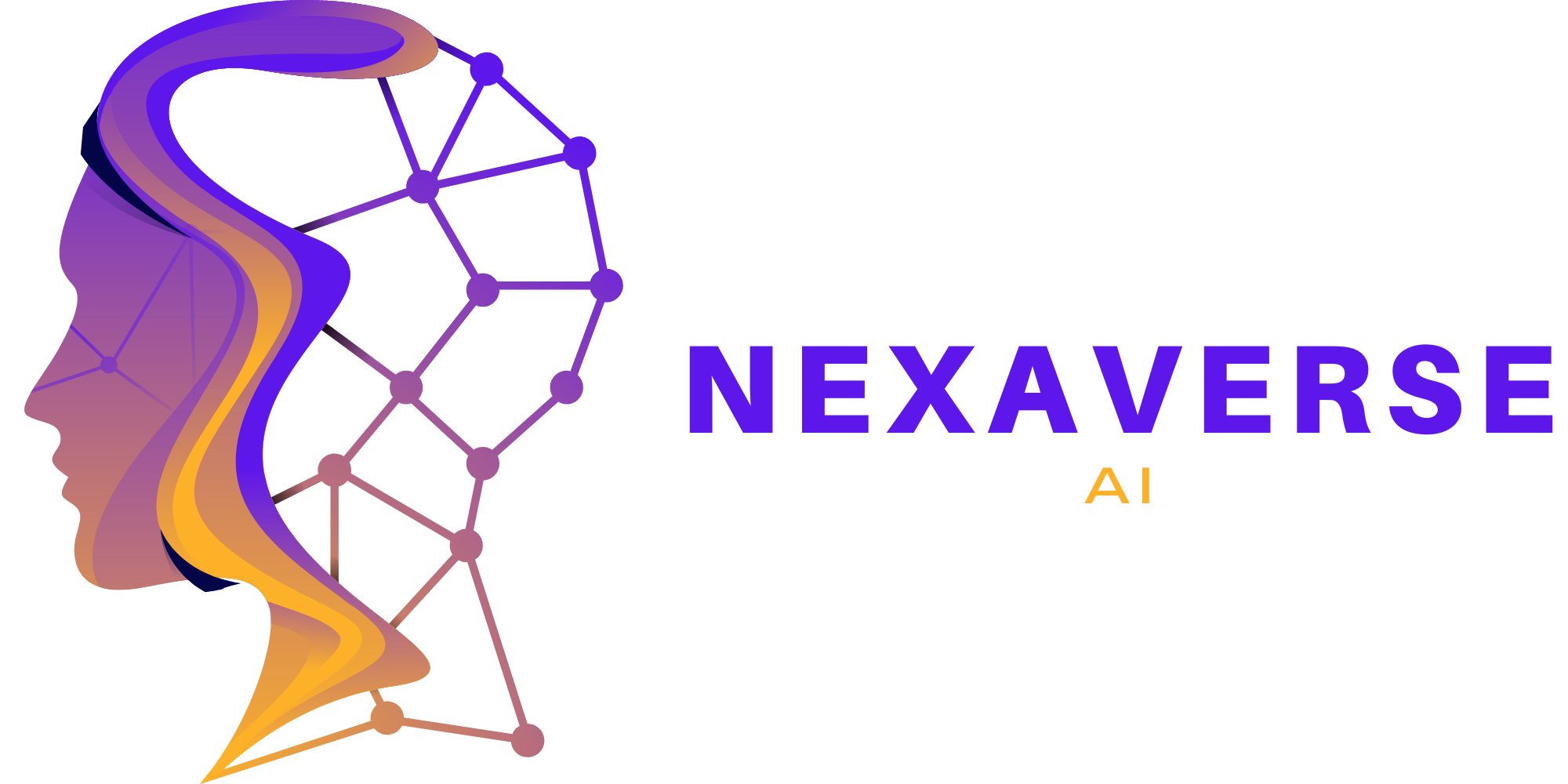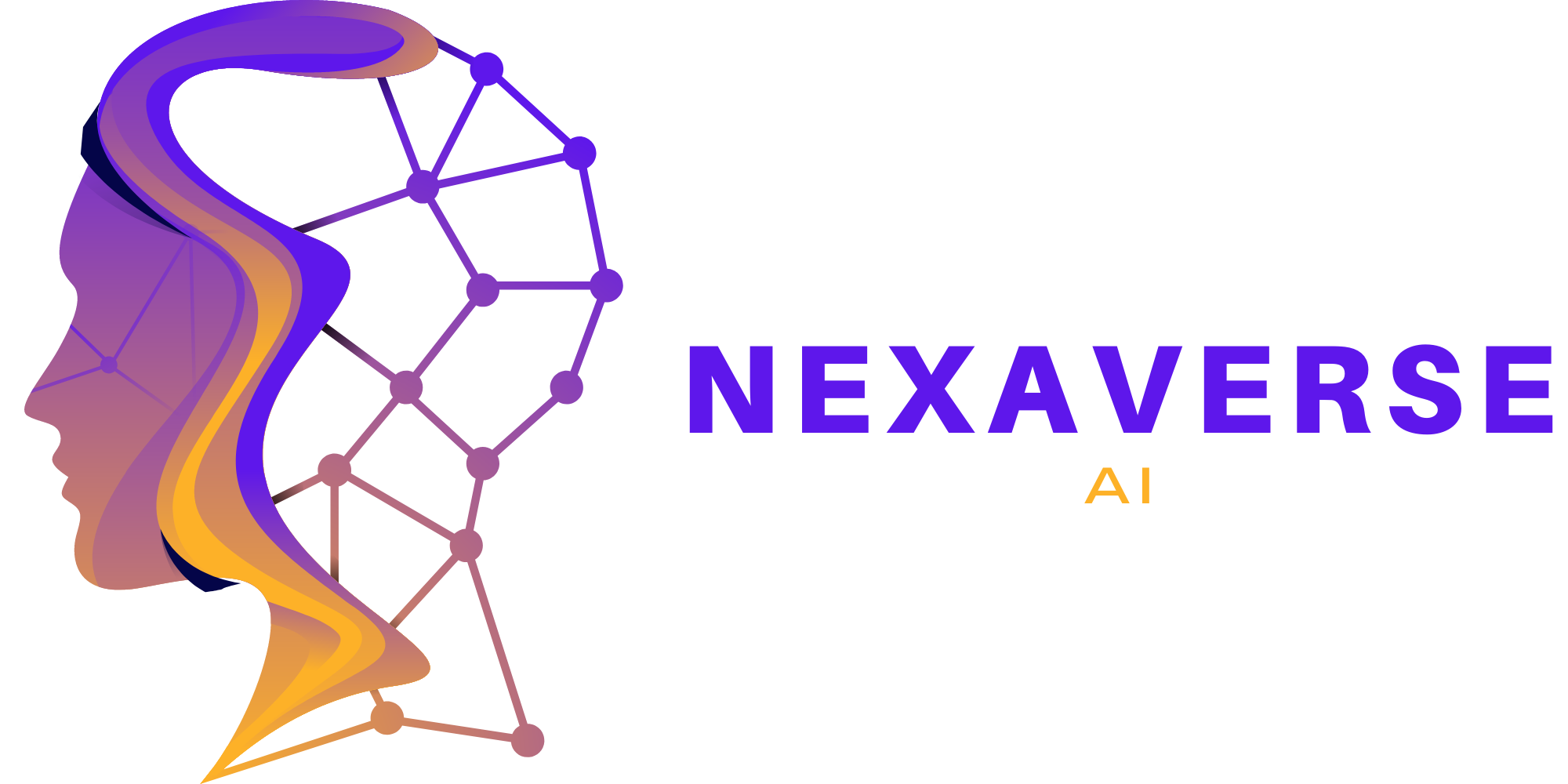From Data to Insights: Using AI to Extract Meaningful Information from Big Data
Discover how AI can extract meaningful insights from big data. Explore the power of machine learning, NLP, and deep learning techniques for data analytics.

Leveraging AI to Uncover Valuable Insights from Your Big Data
In today's digital age, businesses are generating massive amounts of data. However, the real challenge lies in extracting valuable insights from this sea of information. Traditional analytics approaches may fall short when faced with the complexity and scale of big data. This is where artificial intelligence (AI) comes in. With its advanced algorithms and machine learning capabilities, AI can enable businesses to unlock hidden patterns, trends, and opportunities within their vast datasets.
But how exactly can AI help transform raw data into actionable insights?
1. The Power of AI in Data Analytics
AI has revolutionized the field of data analytics by offering powerful tools and techniques to extract valuable insights from big data. Machine learning algorithms can analyze large volumes of structured and unstructured data, identifying patterns, correlations, and anomalies that may not be apparent to human analysts.
By leveraging AI in data analytics, businesses can:
Gain actionable insights:
- AI algorithms can uncover hidden patterns and trends in data, providing businesses with actionable insights for decision-making and strategy development.
- Improve accuracy and efficiency:
- AI-powered analytics tools can process vast amounts of data quickly and accurately, freeing up human analysts to focus on more complex tasks.
- Enable predictive capabilities:
- By analyzing historical data, AI algorithms can make predictions and forecasts, empowering businesses to anticipate market trends and customer behavior.
2. AI Techniques for Big Data Analysis
To extract meaningful insights from big data, AI employs various techniques such as:
Machine Learning:
- By training models on large datasets, machine learning algorithms can identify patterns and make predictions or classifications based on new data.
- Natural Language Processing (NLP):
- NLP techniques enable AI systems to understand and analyze human language, allowing businesses to derive insights from textual data sources like customer reviews, social media posts, and surveys.
- Deep Learning:
- Deep learning algorithms, inspired by the human brain's neural networks, can process and analyze complex data structures, such as images, videos, and audio files, enabling businesses to uncover valuable insights from multimedia data.
3. Real-World Examples of AI-Driven Data Analytics
AI-powered data analytics is already being used by leading organizations across various industries to gain a competitive edge. Here are a few examples:
E-commerce:
- AI algorithms analyze customer browsing and purchase histories, recommending personalized products and offers, thereby increasing sales and customer satisfaction.
- Healthcare:
- AI systems analyze patient data to identify disease patterns, predict outcomes, and assist in diagnosis and treatment planning.
- Finance:
- AI algorithms detect fraudulent transactions by analyzing patterns and anomalies in large volumes of financial data, enhancing security and reducing financial losses.
4. Implementing AI in Your Data Analytics Strategy
To harness the power of AI for data analytics, businesses should consider the following steps:
Define objectives:
- Identify the specific business problems you want to solve or the insights you want to gain from your data.
- Collect and prepare data:
- Gather relevant data from various sources and clean, organize, and format it for AI analysis.
- Choose the right tools and platforms:
- Select AI tools and platforms that align with your data analytics goals and technical requirements.
- Train and fine-tune models:
- Train AI models on your data, fine-tuning them to improve accuracy and performance.
- Monitor and iterate:
- Continuously monitor the performance of your AI models, iterating and improving them as needed.
In conclusion, AI offers businesses an unprecedented opportunity to extract valuable insights from their big data. By leveraging advanced techniques such as machine learning, NLP, and deep learning, organizations can uncover hidden patterns, make accurate predictions, and drive informed decision-making. Implementing AI in your data analytics strategy can give you a competitive edge in today's data-driven business landscape. Embrace the power of AI and unlock the true potential of your big data.
Frequently Asked Questions (FAQs)
Q. How can AI handle the volume and velocity of big data?
A. I algorithms are designed to handle large volumes of data by leveraging distributed computing and parallel processing. They can analyze data in real-time or near real-time, enabling businesses to extract insights from streaming data sources.
Q. Can AI help in data quality and cleansing?
A. Yes, AI can assist in data quality and cleansing processes. By identifying and flagging anomalies, duplicates, and inconsistencies, AI algorithms can help businesses ensure the accuracy and integrity of their data.
Q. What are the potential challenges in implementing AI for data analytics?
A. Some challenges in implementing AI for data analytics include data privacy and security concerns, the need for skilled AI professionals, and the interpretability of AI models. It is crucial for businesses to address these challenges and establish robust governance frameworks to ensure ethical and responsible AI use.
Q. Is AI a replacement for human analysts?
A. No, AI is not a replacement for human analysts. While AI can augment human capabilities and automate repetitive tasks, human expertise and domain knowledge are still essential for interpreting AI-generated insights, making strategic decisions, and ensuring ethical use of AI.
Q. What industries can benefit from AI-driven data analytics?
A. I-driven data analytics can benefit a wide range of industries such as e-commerce, finance, healthcare, manufacturing, logistics, and more. Any industry that deals with large volumes of data can leverage AI to gain valuable insights and drive innovation.




